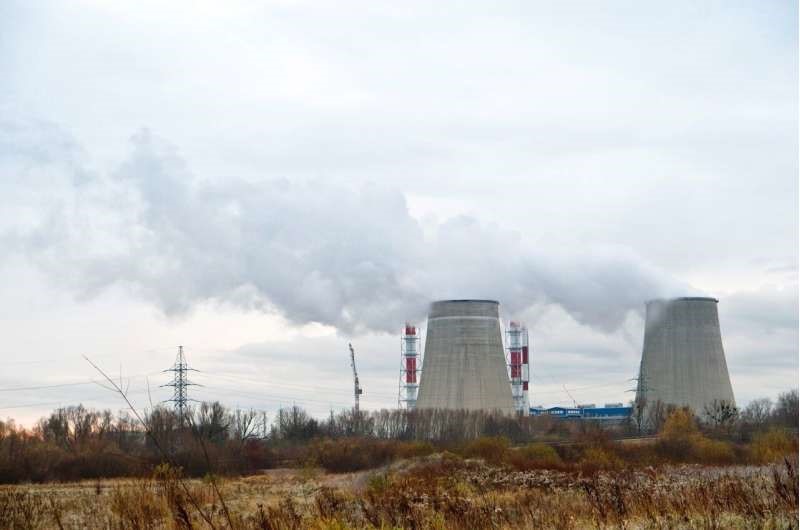Free Courses Sale ends Soon, Get It Now


Free Courses Sale ends Soon, Get It Now



Disclaimer: Copyright infringement not intended.
Context
The discovery made by researchers at Washington State University about the Fischer-Tropsch process has significant implications for improving fuel production efficiency.
Details
About the process
History and Background:
Basic Chemistry:
Catalysts:
Product Yields and Selectivity:
Applications:
Challenges and Research:
Modern Developments:
Future Prospects:
Conclusion
The discovery of self-sustained oscillations in the Fischer-Tropsch process is a groundbreaking finding that could lead to more efficient and controlled fuel production processes, with broader implications for the chemical industry as a whole.
|
PRACTICE QUESTION Q. Discuss the significance of the Fischer-Tropsch process in the context of energy production and environmental sustainability. Highlight the key factors affecting its efficiency and the potential role it can play in a low-carbon energy future. (250 Words) |
© 2024 iasgyan. All right reserved